Ponderosa Pine
Ponderosa pine is a species of lean and erect coniferous trees distributed in the western US and Canada. It is one of the most abundant conifer species in America and is valued for its rugged-looking and resilient timber as well as for recreational use.
Scientific Classification
| Kingdom | Plantae |
| Division | Pinophyta |
| Class | Pinopsida |
| Order | Pinales |
| Family | Pinaceae |
| Genus | Pinus |
| Subgenus | Pinus |
| Scientific Name | Pinus ponderosa |
Quick Information
| Other Names | Western yellow pine, blackjack pine, bull pine |
| Subspecies | Southwestern ponderosa pine (Pinus ponderosa subsp. brachyptera), Columbia ponderosa pine (Pinus ponderosa subsp. ponderosa), central High Plains ponderosa pine (Pinus ponderosa subsp. readiana) |
| Size | Very large; trees reach up to 235 ft in height and 324 inches in circumference |
| Identification | Leaves (Needles): Slender, flexible, occurring in groups of three, bright green, 12-20 cm long Cones: Orange or yellow male cones, occur in small clusters at the tips of branches; oval and woody female cones, 8-15 cm long; scales have sharp, rigid prickles Bark: Blackish-brown in young trees; yellow to orange-brown with broad, scaly plates in mature trees |
| Shape at Maturity | Irregular, cylindrical |
| Distribution/Range | Arizona, Colorado, Idaho, California, Montana, Nevada, North Dakota, Nebraska, Oregon, Texas, South Dakota, New Mexico, Oklahoma, Wyoming, Washington, Utah (USA); British Columbia (Canada); Coahuila, Sonora (Mexico) |
| Hardiness Zones | 3-7 |
| Growth Rate | Medium; 13-24 in per year |
| Lifespan | 300-600 years |
| Growing Conditions | Winter Conditions: Tolerates extreme temperatures as low as -40° C Summer Conditions: Average summer temperatures range from 17°-21° C Rain: 280-1700 mm per year Sunlight: Full sun Soil Requirements: Moist, deep, loamy, well-drained, rocky, clayey loam, alkaline, salty, dry; mature trees are highly drought-tolerant |
| Diseases and Pests | Dwarf mistletoe, black-stain root disease, western red rot, needle cast caused by E. deformans, limb rust, western gall rust, Comandra blister rust; insects like western pine beetle, bark beetle, western pineshoot borer, weevils, pandora moth, pine butterfly cause damage |
| Flowering/Fruiting | Flowering starts in early May; pollens are shed from late May to mid-June, cones mature during July-August the following year, seeds ripen during August-September, seeds are shed before December |
| Breeding System | Monoecious |
| Seed Production | Begins after 7 years, continuing until 350 years of age |
| Seedling Development | Epigeal germination, older seedlings tolerate limited moisture |
| Wildlife Value | Chickadees, mourning doves, jays, finches, red-winged blackbirds, squirrels, turkeys, chipmunks feed on ponderosa pine seeds; needles and bark are used as nesting materials by spruce grouse and rodents; also serve as roosting or nesting site for different bird species |
| Varieties/Cultivars | Pacific ponderosa pine (Pinus ponderosa var. pacifica), Rocky Mountains ponderosa pine (Pinus ponderosa var. scopulorum), Washoe pine (Pinus ponderosa var. washoensis) |
| Uses | For lumber, landscape planting, buffer strip, windbreak; as ornamental trees including bonsai and Christmas trees; wood for making furniture |
| IUCN Conservation Status | Least Concern |
Interesting Facts
- A Scottish nurseryman, Charles Lawson has been credited with naming and describing these pines, although their scientific name was first coined by David Douglas in 1829.
- The deep taproot system of ponderosa pines makes them wind-resistant.
- These pine trees give off a turpentine-like smell, indicating the presence of terpenes such as delta-3-carene, alpha- and beta-pinenes, etc.
- In 1953, around 145 ponderosa trees were transported and planted in Area 5 to study the effects of exposure to the nuclear blast during the Operation Upshot-Knothole. The pines were partially damaged and blown over.
- The US state of Montana has ponderosa pine as its official tree.
References:


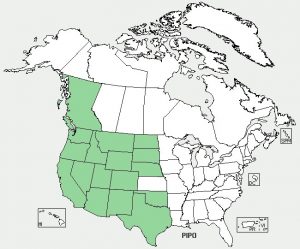
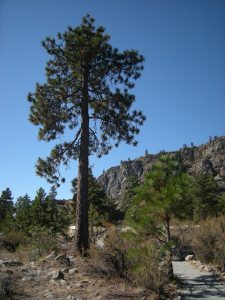
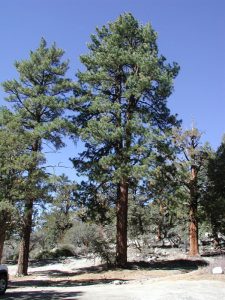
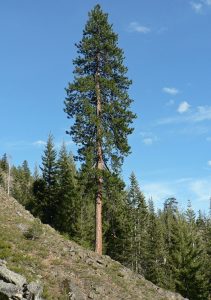
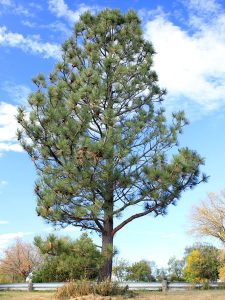
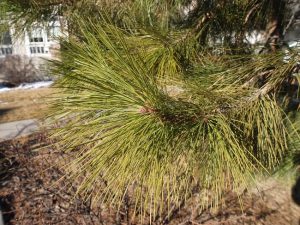
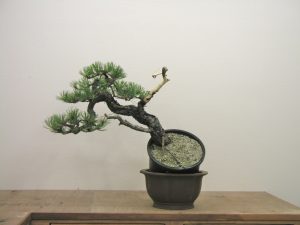
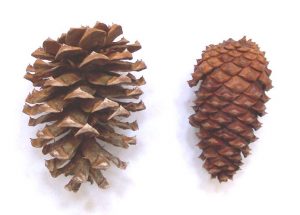


[…] Find Other Relevant Online Links Covering This Topic: https://www.merriam-webster.com/dictionary/ponderosa https://en.wikipedia.org/wiki/Pinus_ponderosa https://www.coniferousforest.com/ponderosa-pine.htm […]
[…] the Methow in spring and summer when the hills are strewn with mountain flowers and the smell of Pondersosa Pine fills the hot, clear air. Talk about de-stressing! As Meaghan Weedan wrote on the OneTreePlanted […]